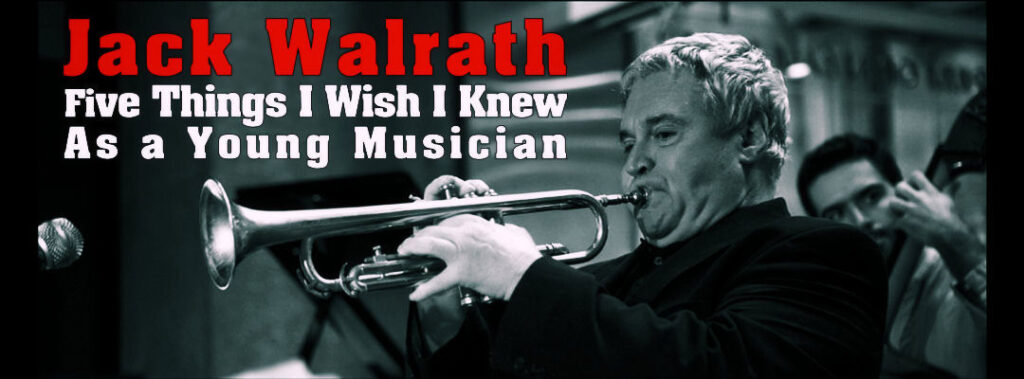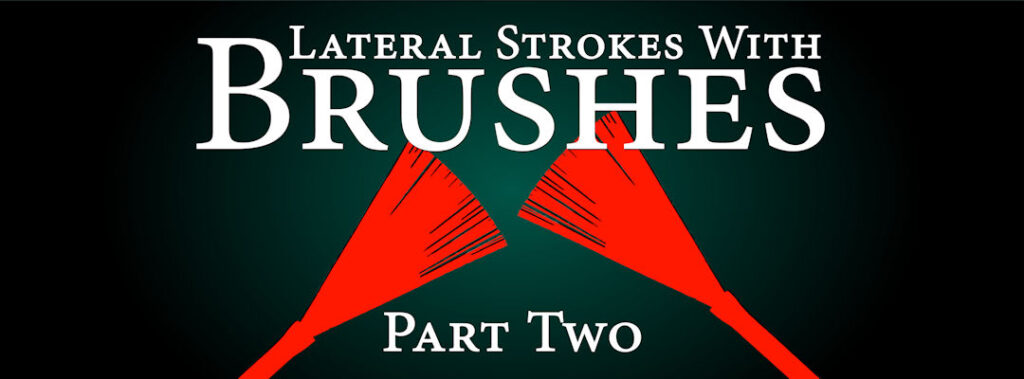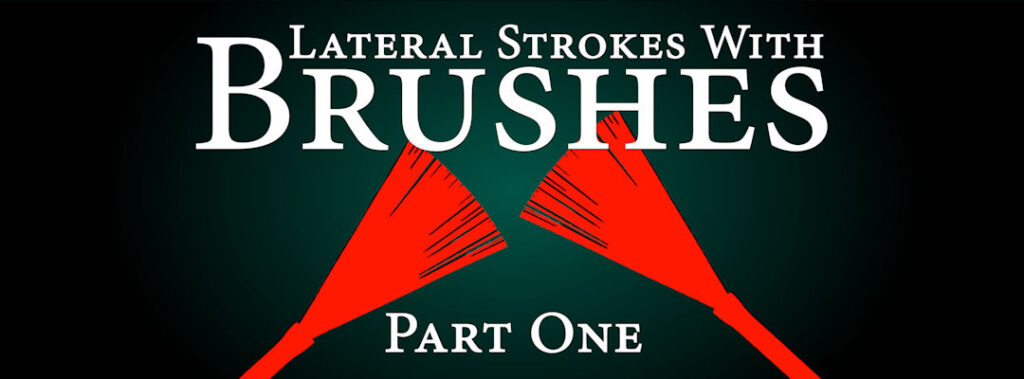Of old posts, new series and how I ended up as a guest at Stanford University

By now those who have been following me should know how bad I am with staying engaged on social media. It’s not that I don’t like Facebook, Instagram and their likes or that I chose to be a web hermit, don’t get me wrong. What repels me is the way these networks are designed to work; their algorithms make you visible only if you commit to posting constantly and if you publish something new only when important you’ll be left at the margins and not be seen even by your own friends So what happens is that you might have thousands of contacts and be very excited to post some great news only to see no reactions.
Jack Walrath: Five Things I Wish I Knew as a Young Musician

Back in July our [NYEC’s] Michael Feinberg published an article titled 5 Things I Wish I Was Told in Music School. That turned out to be – by far – the most viewed post of our blog, which made us realized that musicians out there are particularly interested in learning from others’ experiences.
Coming from that perspective we decided to make a Jazz Masters series where we ask notorious jazz musicians to share their “Five Things I Wish I Knew as a Young Musician.”
Jazz Brushes Technique: Lateral Strokes (part two)

In the first installment of this two-part post on jazz brushes I explained how to produce long and short strokes with lateral motions, and I promised that today I would introduce ways to use this technique musically and creatively. Here I am to keep my word and share with you a few ideas.
Before reading further please review part one!
Jazz Brushes Technique: Lateral Strokes (part one)

Back in September I wrote a post titled “An Introduction to Brushes”, where I examined how to produce long legato sounds using circular motions, an essential part of jazz brushes technique.
In this post I will describe another important area of brush playing: staccato sounds. The techniques that we are going to explore provide many interesting sound options, brushes have endless possibilities, and because different contexts call for different approaches, having an array of options is a good thing!
